
Furniture refers to movable objects intended to support various human activities such as seating, eating (tables), storing items, eating and/or working with an item, and sleeping. Furniture is also used to hold objects at a convenient height for work, or to store things. Furniture can be a product of design and can be considered a form of decorative art. In addition to furniture's functional role, it can serve a symbolic or religious purpose. It can be made from a vast multitude of materials, including metal, plastic, and wood. Furniture can be made using a variety of woodworking joints which often reflects the local culture.
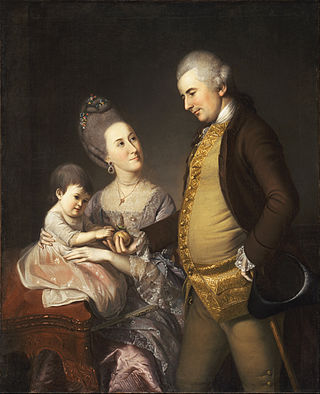
John Cadwalader was a commander of Pennsylvania troops during the American Revolutionary War and served under George Washington. He was with Washington at Valley Forge.

Wallace Nutting was an American minister, photographer, artist, and antiquarian, who is most famous for his landscape photos of New England. He also was an accomplished author, lecturer, furniture maker, antiques expert and collector. His atmospheric photographs helped spur the Colonial Revival style.
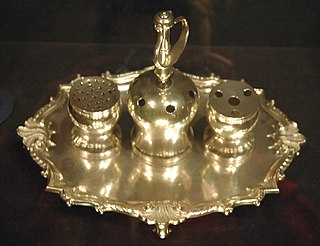
The Syng inkstand is a silver inkstand used during the signing of the United States Declaration of Independence in 1776 and the United States Constitution in 1787. Besides paper documents, it is one of four still-existing objects that were present during the Constitutional Convention, along with the Liberty Bell, the chair that George Washington sat in as the Constitutional Convention's presiding officer, and Independence Hall itself.

Eliphalet Chapin (1741–1807) was a cabinetmaker and furniture maker in East Windsor, Connecticut in the late 18th century. His style of furniture design is regarded as one of the most elegant of its time.
Upholstery coil springs are an important part of most modern upholstery. The consumer usually never sees the construction features of an upholstered piece. The overall quality of the materials and construction dictate the comfort level of an upholstered piece and its ability to satisfy the consumer over the long term. A basic upholstered piece may be composed of a frame, springs, foam, cushioning, padding, and textiles.

A Windsor chair is a chair built with a solid wooden seat into which the chair-back and legs are round-tenoned, or pushed into drilled holes, in contrast to standard chairs. The seats of Windsor chairs were often carved into a shallow dish or saddle shape for comfort. Traditionally, the legs and uprights were usually turned on a pole lathe. The back and sometimes the arm pieces are formed from steam bent pieces of wood.
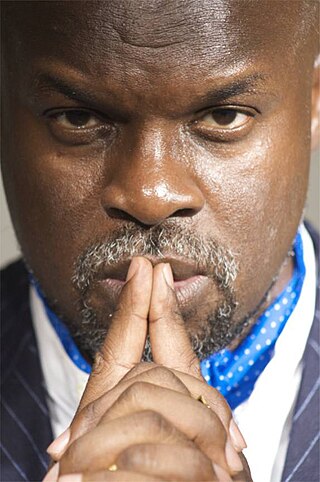
Tukufu Zuberi is an American sociologist, filmmaker, social critic, educator, and writer. Zuberi has appeared in several documentaries on Africa and the African diaspora, including Liberia: America's Stepchild (2002), and 500 Years Later (2005). He is one of the hosts of the long-running PBS program History Detectives. As founder of his own production company, he produced the film African Independence, which premiered at the San Diego Black Film Festival in January 2013. He is the Lasry Family Professor of Race Relations, professor and chair of the sociology department, and professor of Africana studies at the University of Pennsylvania.
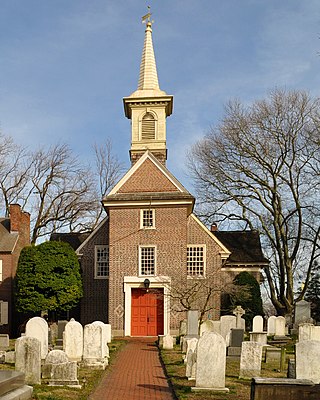
The architecture of Philadelphia is a mix of historic and modern styles that reflect the city's history. The first European settlements appeared within the present day borders of Philadelphia, Pennsylvania in the 17th century with most structures being built from logs. By the 18th century, brick structures had become common. Georgian and later Federal style buildings dominated much of the cityscape. In the first half of the 19th century, Greek revival appeared and flourished with architects such as William Strickland, John Haviland, and Thomas U. Walter. In the second half of the 19th century, Victorian architecture became popular with the city's most notable Victorian architect being Frank Furness.

A swivel, spinny, or revolving chair is a chair with a single central leg that allows the seat to rotate 360 degrees to the left or right. A concept of a rotating chair with swivel castors was illustrated by the Nuremberg patrician Martin Löffelholz von Kolberg in his 1505 technological illuminated manuscript, the so-called Codex Löffelholz, on folio 10r. It is purported that Thomas Jefferson drafted the United States Declaration of Independence in 1776 while sitting on a swivel chair of his own design.

Thomas Affleck (1740–1795) was an 18th-century American cabinetmaker, who specialized in furniture in the Philadelphia Chippendale style.
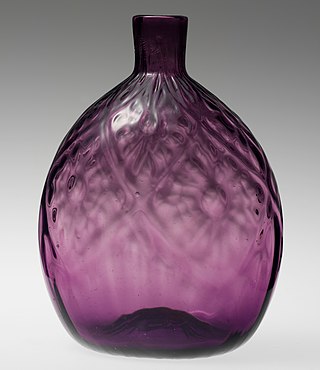
Henry William Stiegel was a German-American glassmaker and ironmaster.

Daniel Pabst was a German-born American cabinetmaker of the Victorian Era. He is credited with some of the most extraordinary custom interiors and hand-crafted furniture in the United States. Sometimes working in collaboration with architect Frank Furness (1839–1912), he made pieces in the Renaissance Revival, Neo-Grec, Modern Gothic, and Colonial Revival styles. Examples of his work are in the collections of the Metropolitan Museum of Art, the Philadelphia Museum of Art, the Art Institute of Chicago, and the Victoria and Albert Museum in London.

Gordion was the capital city of ancient Phrygia. It was located at the site of modern Yassıhüyük, about 70–80 km (43–50 mi) southwest of Ankara, in the immediate vicinity of Polatlı district. Gordion's location at the confluence of the Sakarya and Porsuk rivers gave it a strategic location with control over fertile land. Gordion lies where the ancient road between Lydia and Assyria/Babylonia crossed the Sangarius river. Occupation at the site is attested from the Early Bronze Age continuously until the 4th century CE and again in the 13th and 14th centuries CE. The Citadel Mound at Gordion is approximately 13.5 hectares in size, and at its height habitation extended beyond this in an area approximately 100 hectares in size. Gordion is the type site of Phrygian civilization, and its well-preserved destruction level of c. 800 BCE is a chronological linchpin in the region. The long tradition of tumuli at the site is an important record of elite monumentality and burial practice during the Iron Age.

Joseph Alexis Bailly was an American sculptor who spent most of his career in Philadelphia, Pennsylvania. He taught briefly at the Pennsylvania Academy of the Fine Arts, which has a collection of his sculpture. His most famous work is the statue of George Washington in front of Independence Hall.
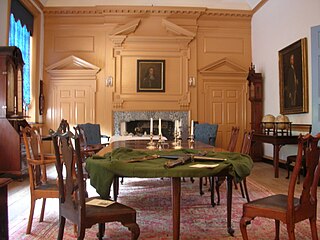
William Savery was an 18th-century American cabinetmaker noted for his furniture in the Queen Anne and Philadelphia Chippendale styles.
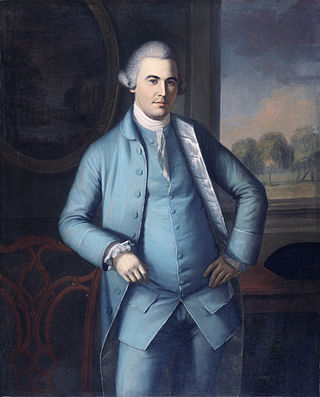
Benjamin Randolph (1721—1791) was an 18th-century American cabinetmaker who made furniture in the Queen Anne and Philadelphia Chippendale styles. He made the lap desk on which Thomas Jefferson drafted the Declaration of Independence.

Samuel Harding was an 18th-century American cabinetmaker, remembered for his Queen Anne style furniture and for the interior architectural ornament of Independence Hall, in Philadelphia, Pennsylvania, United States.

Modern Gothic, also known as Reformed Gothic, was an Aesthetic Movement style of the 1860s and 1870s in architecture, furniture and decorative arts, that was popular in Great Britain and the United States. A rebellion against the excessive ornament of Second Empire and Rococo Revival furniture, it advocated simplicity and honesty of construction, and ornament derived from nature. Unlike the Gothic Revival, it sought not to copy Gothic designs, but to adapt them abstract them, and apply them to new forms.

Elizabeth Simpson is an archaeologist, art historian, illustrator, and professor emerita at the Bard Graduate Center, New York, NY, where she taught for 25 years. She is director of the project to study, conserve, and publish the large collection of rare wooden artifacts from Gordion, Turkey, which date to the eighth century BC. In this capacity, she is a consulting scholar in the Mediterranean Section, University of Pennsylvania Museum of Archaeology and Anthropology, Philadelphia. She received her PhD in classical archaeology from the University of Pennsylvania in 1985.


















